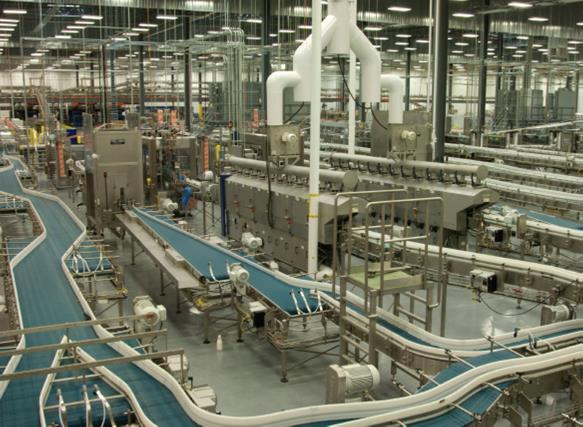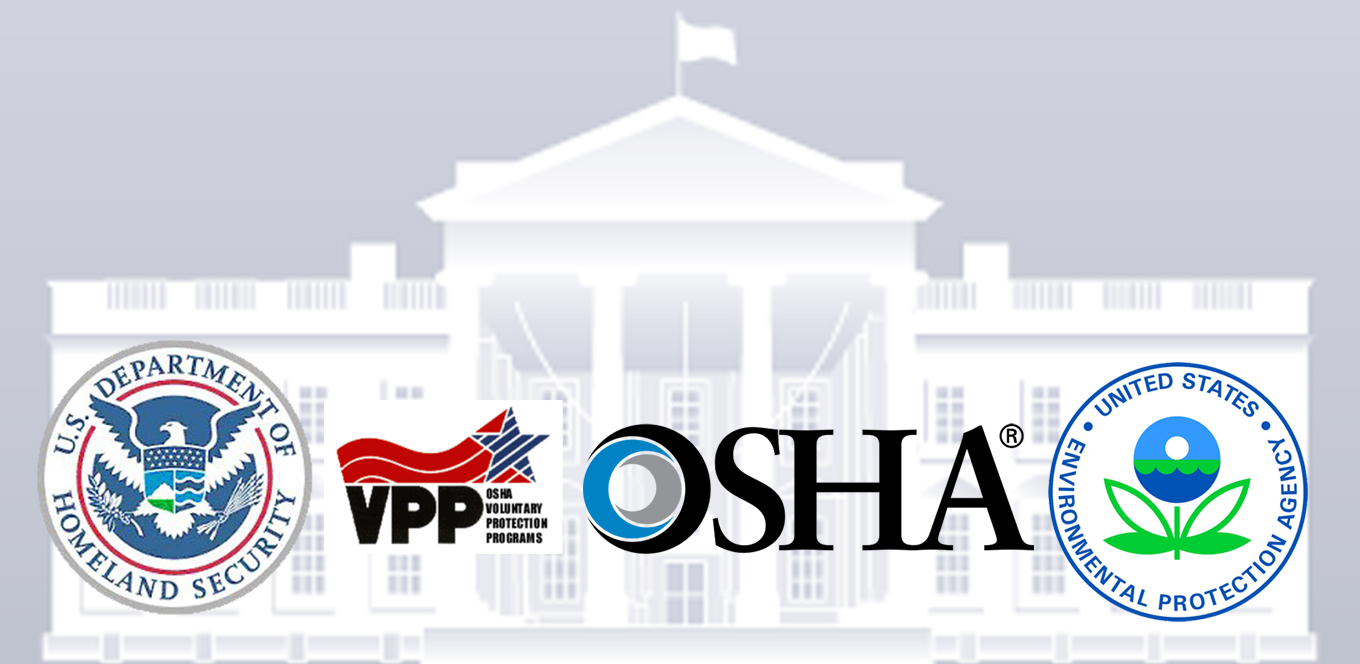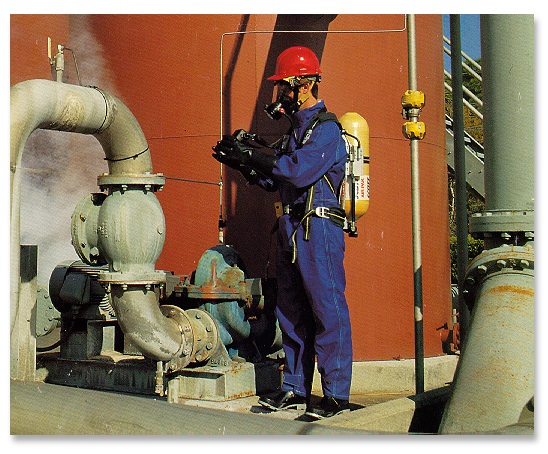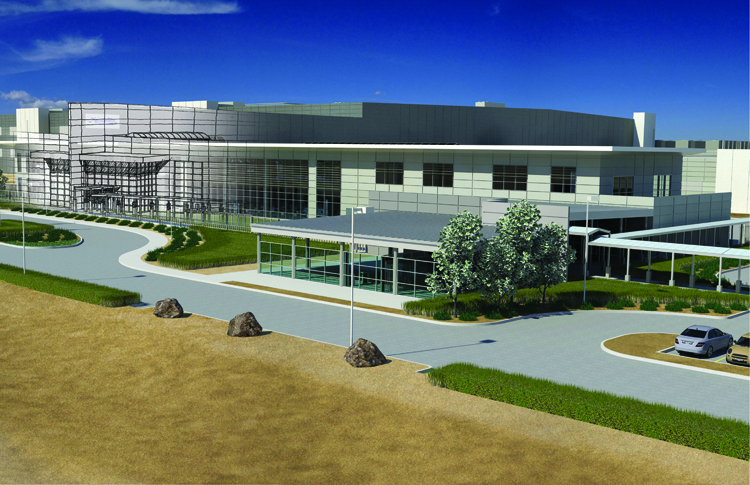Your Checklist for Risk Management Program Updates Required in 2014
Food processing facilities that use certain flammable and toxic substances in amounts that exceed threshold quantity must have a documented Risk Management Program (RMP) per Environmental Protection Agency (EPA) requirements. Companies must also update and resubmit their RMP every five years and 2014 marks one of those five year cycles.
Continue Reading “Your Checklist for Risk Management Program Updates Required in 2014”










